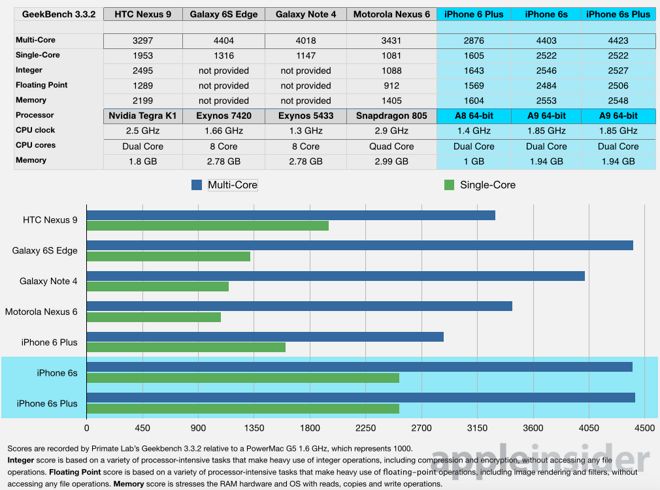- Mensajes
- 2.031.042
- Reacciones
- 2.016.992
Yo lo he probado metiendo el dedo en una tarta. Y no es para tanto.En los iuesei y similares lo están flipando mucho con el 3D Touch
Follow along with the video below to see how to install our site as a web app on your home screen.
Se debe tener en cuenta: This feature may not be available in some browsers.
Yo lo he probado metiendo el dedo en una tarta. Y no es para tanto.En los iuesei y similares lo están flipando mucho con el 3D Touch

A ver si te crees que el 3D touch lo ha inventado Apple...¿En una tarta?



No sería una tarta de manzanaYo lo he probado metiendo el dedo en una tarta. Y no es para tanto.En los iuesei y similares lo están flipando mucho con el 3D Touch
Eso de que si un diseño funciona no cambiarlo no va con apple... el iPhone 5 no tiene nada que ver esteticamente con el 6. A mi me gustaba mas el diseño del 5.
A ver si te crees que el 3D touch lo ha inventado Apple...¿En una tarta?







